As I mentioned in yesterday’s blog, the main purpose of study for the icefish is not what happens after the dissection, but the spawning that takes place before the dissection. On the last fishing trip from the Laurence M. Gould, the researchers brought back only 46 fish, but they have been proficient and have spawned over 200,000 eggs.
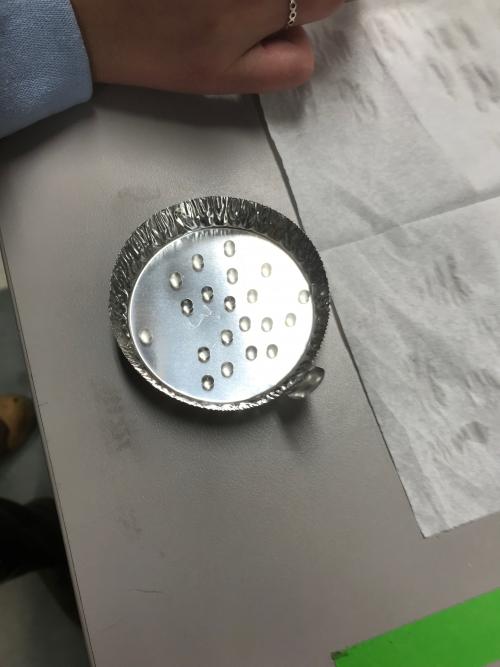
Dr. Nathalie Le Francois from the Biodome de Montreal is on Palmer Station a little longer than she usually stays, but because of her expertise with a similar species called wolffish, she is going to stay on and hopefully hatch a bunch of fry. She is collaborating with Dr. Bill Detrich from Northeastern University and they will be researching how climate change, especially how the rising water temperatures affect everything from gamete health, development of and splitting of the cells within the egg, to how the young fish find and digest food in early life stages. Dr. Henrik Lauridsen from Aarhus and Cornell University is doing some real interesting research on the eyes and bone density of icefish.
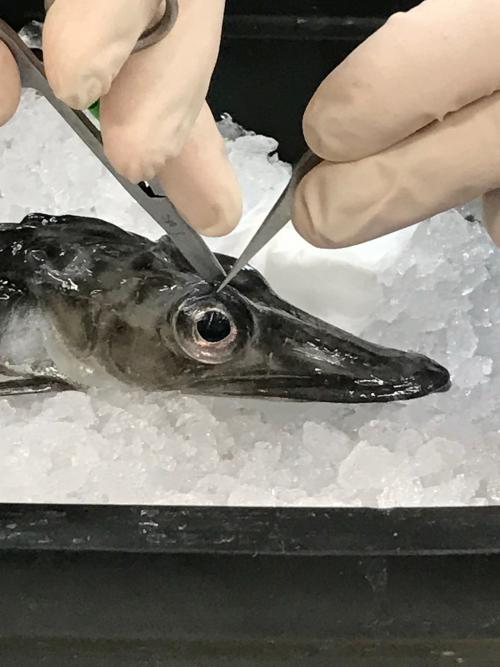
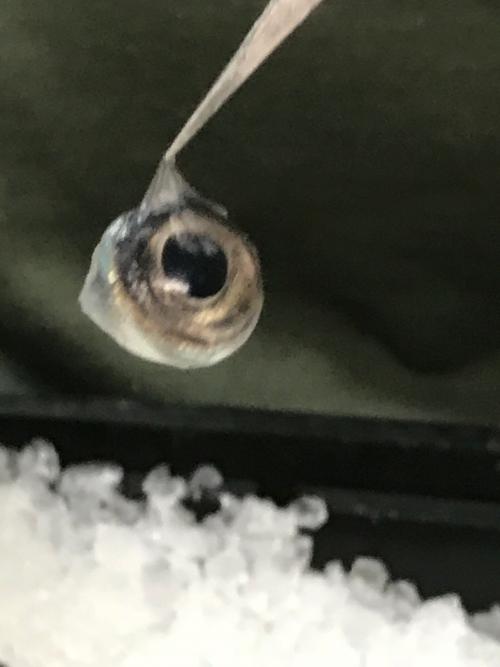
Most fish have a gland behind the retina that can be saturated to 100% with oxygen that it delivers to the retina, but icefish do not have this gland and at most the icefish can have 21% oxygen in its blood, which it delivers to the eye. Because of this the icefish eye is heavily covered in capillaries, which delivers the oxygen, if the icefish had red blood, all these capillaries would make it impossible for the fish to see.
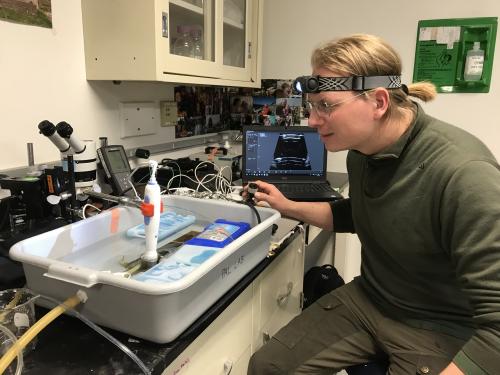
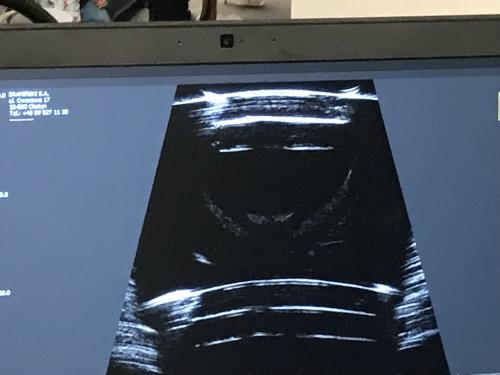
Another part of Henrik’s research is looking at bone densities. Originally, icefish were small bottom dwelling fish that never evolved a swim bladder to help it rise through the ocean. Antarctica broke away from the rest of the world and became a very cold isolated area, many niches opened for the icefish, and now it could come up into the pelagic zone. Having no swim bladder, it would expend too much energy if it had to keep swimming to stay in the area it wanted to live. Evolutionarily it developed bones that are much less dense than most regular fish species. This allows it to become density neutral in the water where it wants to live. Juliette Auvnet, who is currently finishing her PhD work at the Pierre et Marie Curie campus of the Sorbonne University, is studying the spleen and kidneys of the icefish – where most of the cells of the fish are created. She needs to obtain cells that are in division so she can see the chromosomes and look at the gene flow among the fish species. Sometimes she will have to process over a million cells to just get 10 to 20 that are at the stage of cell division useful to her. By studying these genes, she will be able to determine how the ancestors to today’s icefish adaptively radiated to fill the niches they live in today.


Comments